What is it?
Asbestos was a highly-effective and inexpensive fire-retardant material and thermal and acoustic insulator, asbestos was used extensively in construction from the early 1940s through the 1980s. However, we now know that exposure to asbestos fibers can lead to lung disease, lung cancer, and digestive cancer. When disturbed, tiny abrasive asbestos fibers are easily inhaled, which damages lung tissue and can cause cancer and other health problems. In homes and buildings built prior to 1989, asbestos is most found as thermal insulation. It can also be found in numerous building materials including:
- Pipes and Boilers
- Vermiculite (Blown-in attic insulation)
- Vinyl floor tiles
- Mastic (Adhesive that attaches floor tiles to concrete or wood)
- Linoleum Flooring (sheet Flooring)
- Transit siding shingles (Fiber cement siding)
- Window caulking and glazing
- Textured ceiling
- Plaster walls and ceilings
- Roofing material (usually on flat roofs but occasionally on shingles)
- HVAC duct insulation (usually found in corrugated or flat paper form)
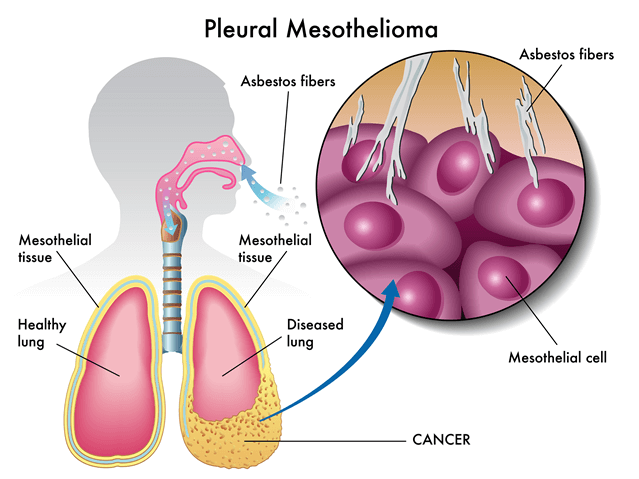
Where do you find it?
In homes and buildings built prior to 1989, asbestos is most found as thermal insulation, but can also be found in all of the following areas.
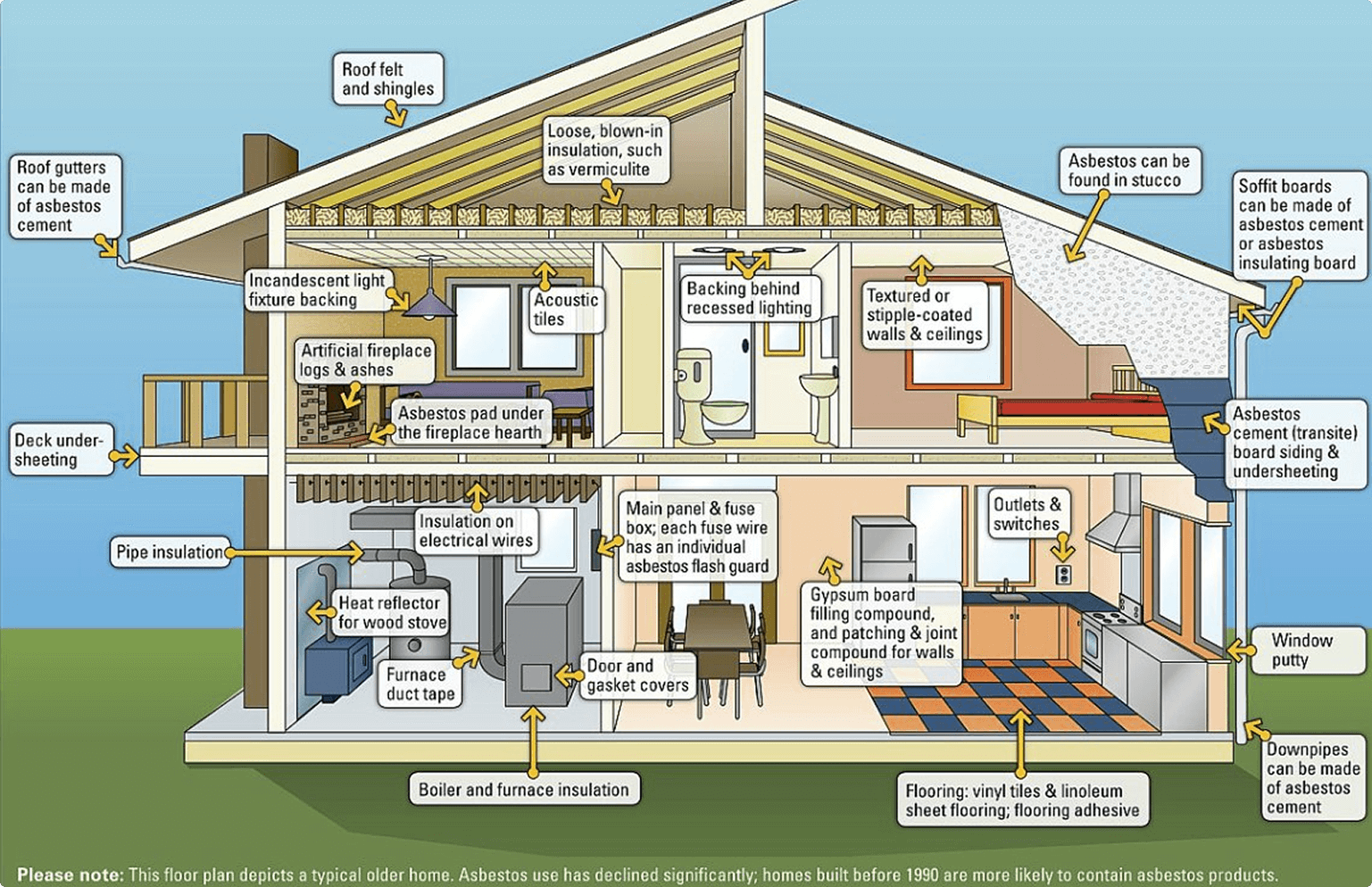
Pipe Insulation
Asbestos insulation was widely used on heating pipes, sometimes on water pipes, and occasionally on other pipes in buildings.

This asbestos insulating product appears most-often as a gray-white corrugated paper but might also appear as a plaster or cementitious paste on pipe elbows and valves.
Boiler Insulation
Asbestos insulation on heating boilers. We use the term “hard cast” asbestos to refer to an asbestos paste or “plaster” that was typically applied in a leyer of about 1″ or greater.
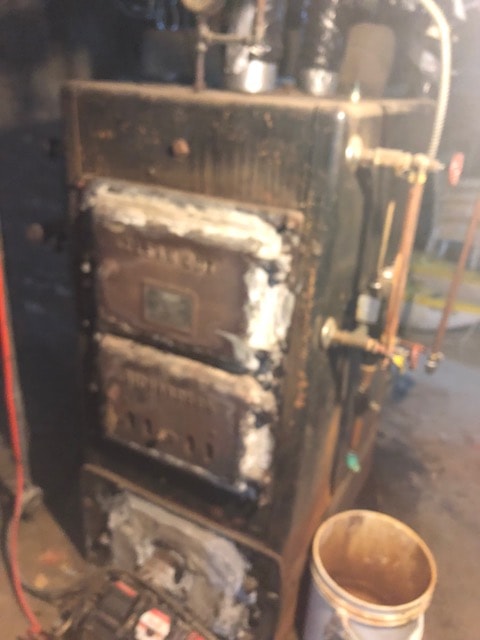
Used to completely or partially coat old hot water or steam boilers and used on heat distribution piping at elbows or valves.
Vermiculite
A natural flaky mineral (similar to mica) that expands like popcorn when heated. Vermiculite is used in insulation and fire retardants. The most popular vermiculite insulation in the U.S. was sold under the brand name Zonolite.

Until 1990, most of the vermiculite sold in the U.S. came from a mine near Libby, Montana. That contained a deposit of asbestos which contaminated the vermiculite. The Libby mine was closed in 1990, but not before asbestos contaminated vermiculite insulation made its way into millions of homes and buildings.
Vinyl Floor Tiles
Unlike many asbestos-containing materials, vinyl asbestos flooring is generally safe to be around. But that changes as soon as you decide to remove it. Vinyl is a type of plastic that has long been a popular material for floor tiles. Old vinyl floor tiles that contain asbestos remain in many homes and buildings across the U.S.
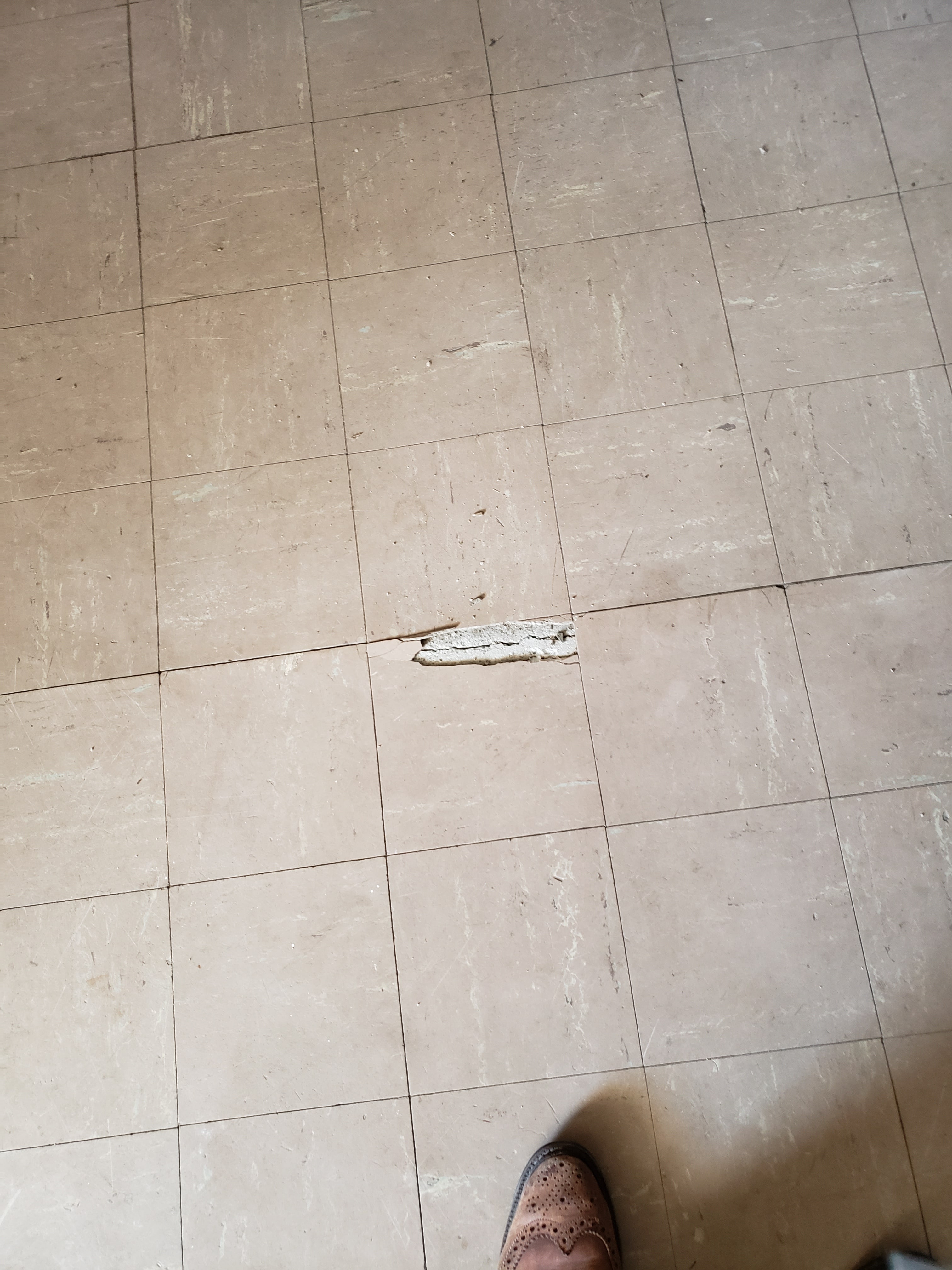
Mastic
Up until the 1980s, manufacturers mixed asbestos into many types of mastics, sealants and cements used in construction. Dried-out asbestos adhesives remain in millions of old structures, and they can release toxic fibers when disturbed by damage or renovation work When nails and screws are impractical, builders turn to adhesives for all types of permanent installation work.
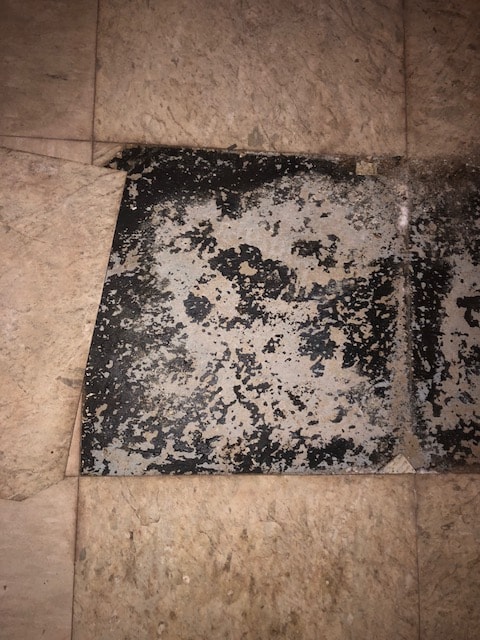
Mixing wooly asbestos fibers into natural and synthetic glues results in durable, nearly fireproof adhesives, sealants and joint-fillers. Though people once saw these products as safe and reliable construction materials, the toxic asbestos fibers in them have proven to be a major health hazard.
Linoleum Flooring
Asbestos vinyl sheet flooring poses a significantly greater asbestos exposure risk than floor tiles. Vinyl sheet flooring comes in large pieces and is usually cut to the size of the room and laid down in one piece.
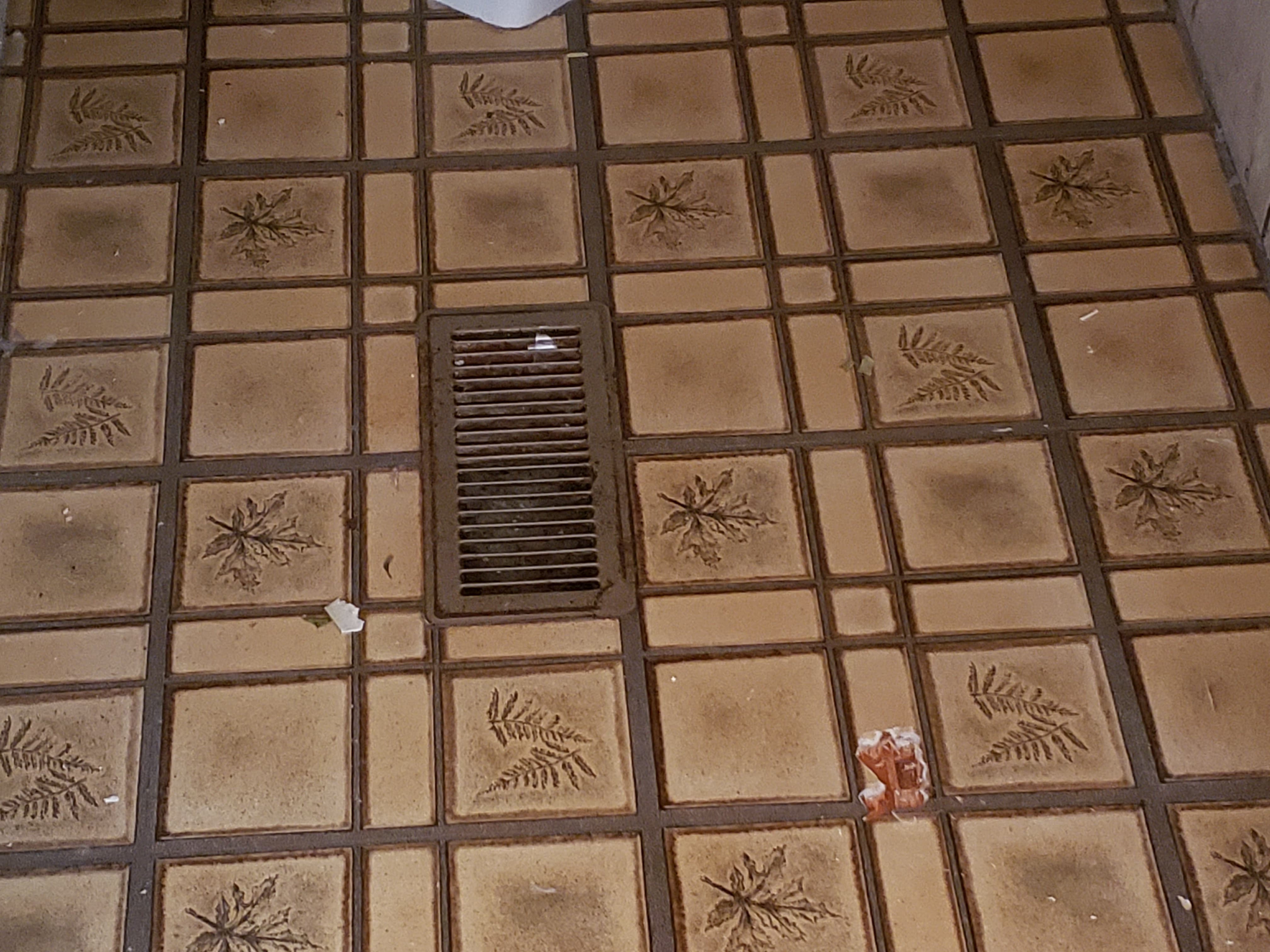
Manufacturers often made this type of flooring with a friable asbestos backing, which means mineral fibers are easily released into the air if the sheet flooring is disturbed or damaged.
Transit Siding
Asbestos siding was made by adding asbestos — a naturally occurring mineral cement. That cement was then pressed into siding shingles that came in a wide variety of sizes, profiles, and textures.
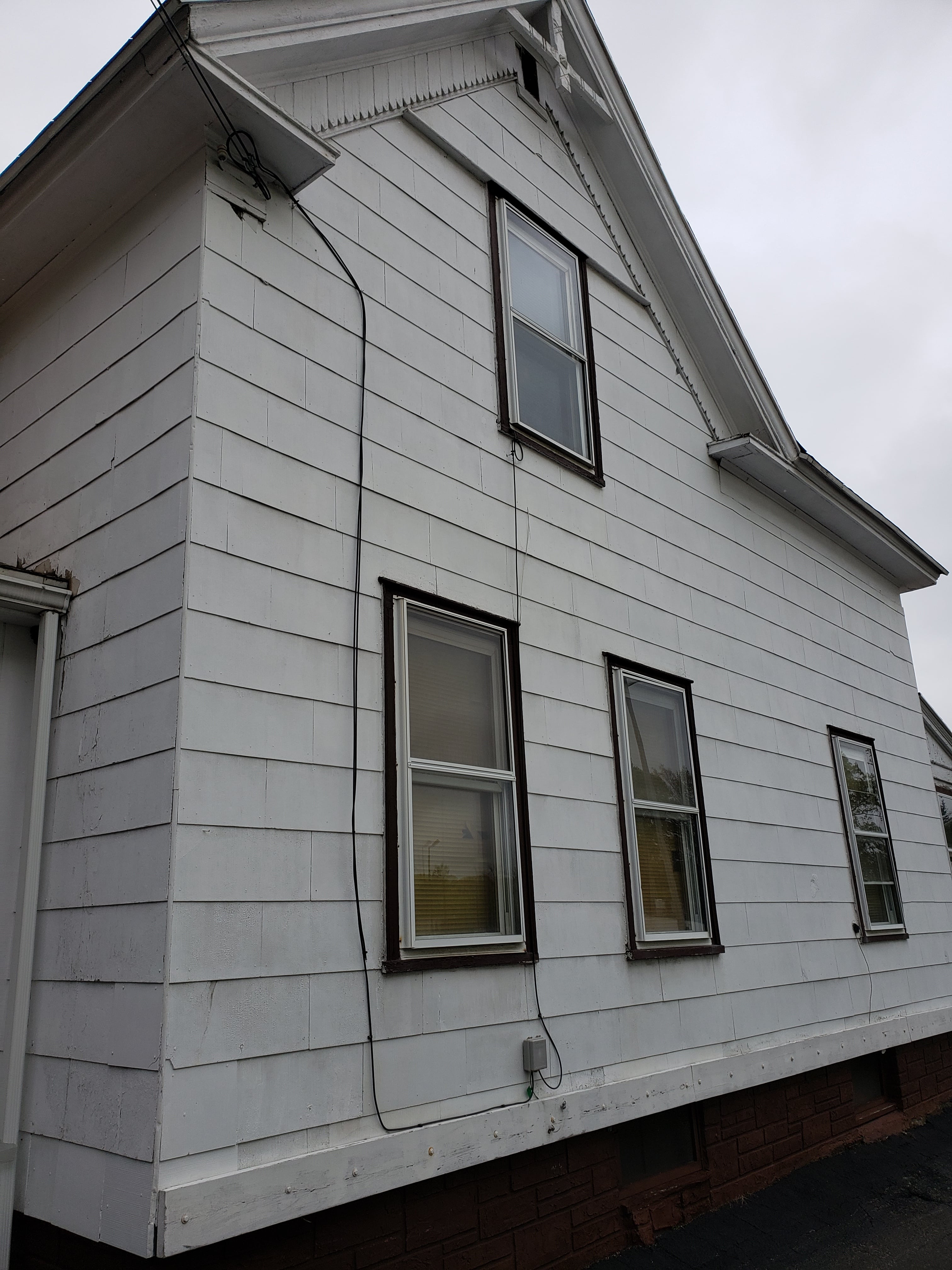
The resulting product was very durable, fire-resistant, and absorbed paint well. It also can be extremely dangerous if the siding is broken up and asbestos fibers are released into the air.
Window Caulking and Glazing
Caulk is an all-purpose sealant used to fix cracks, fill joint gaps and seal windows against drafts. Caulk products were designed to be weatherproof, heatproof, waterproof and durable, which is why asbestos in caulking was added to reinforce the formula.
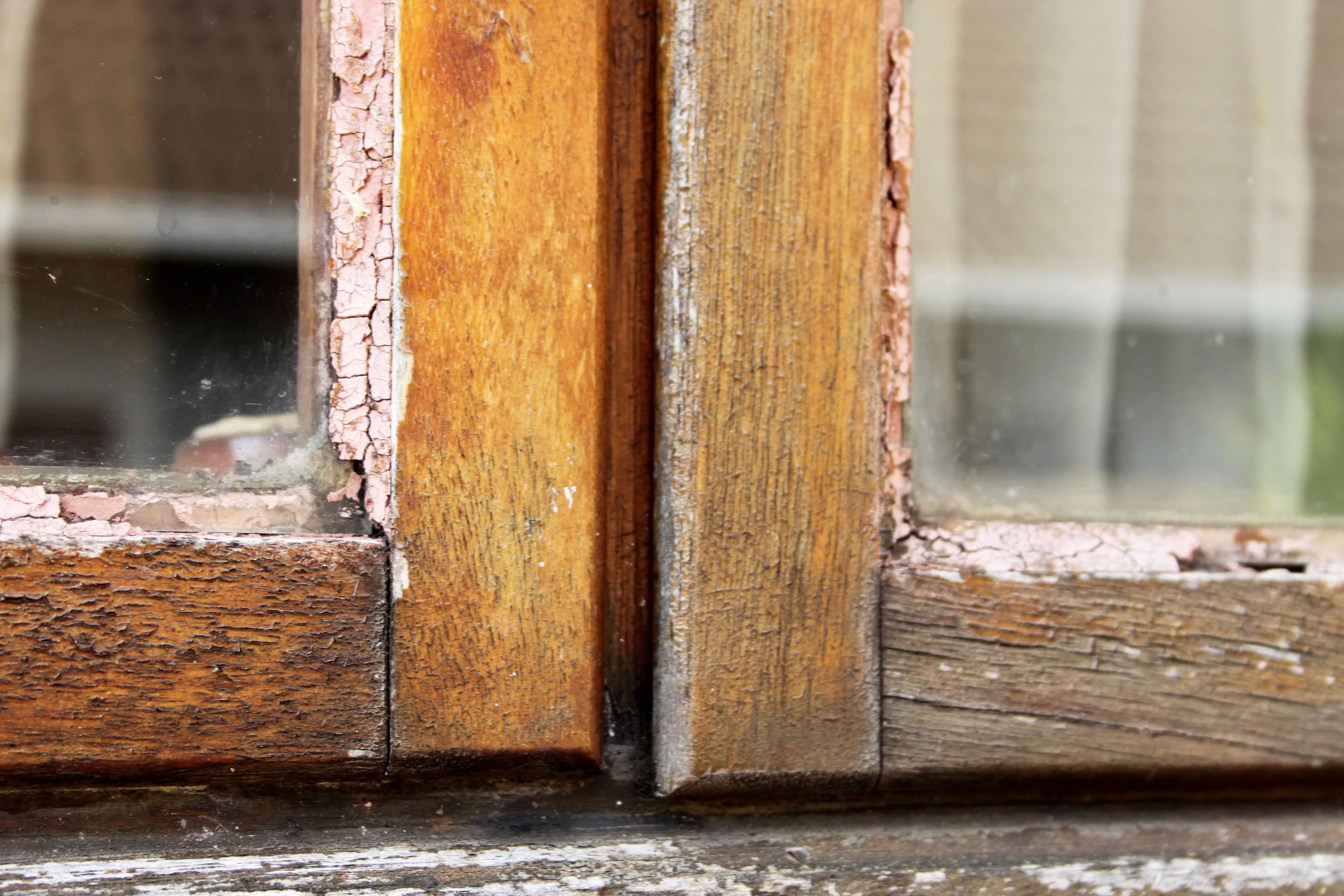
Caulk manufacturers often used asbestos before the 1980s as it protected against fire and heat. Common places in the home and buildings that may have asbestos-containing caulk are around the seals of windows, doors, ovens, fireplaces, boilers, pipe joints, ducts, brickwork and exteriors.
Textured Ceiling
Known as “popcorn ceiling, it was typically 1 to 10 percent asbestos. Any percentage of asbestos makes popcorn ceiling dangerous. Make sure nothing disturbs it and decide whether you want to have it removed.
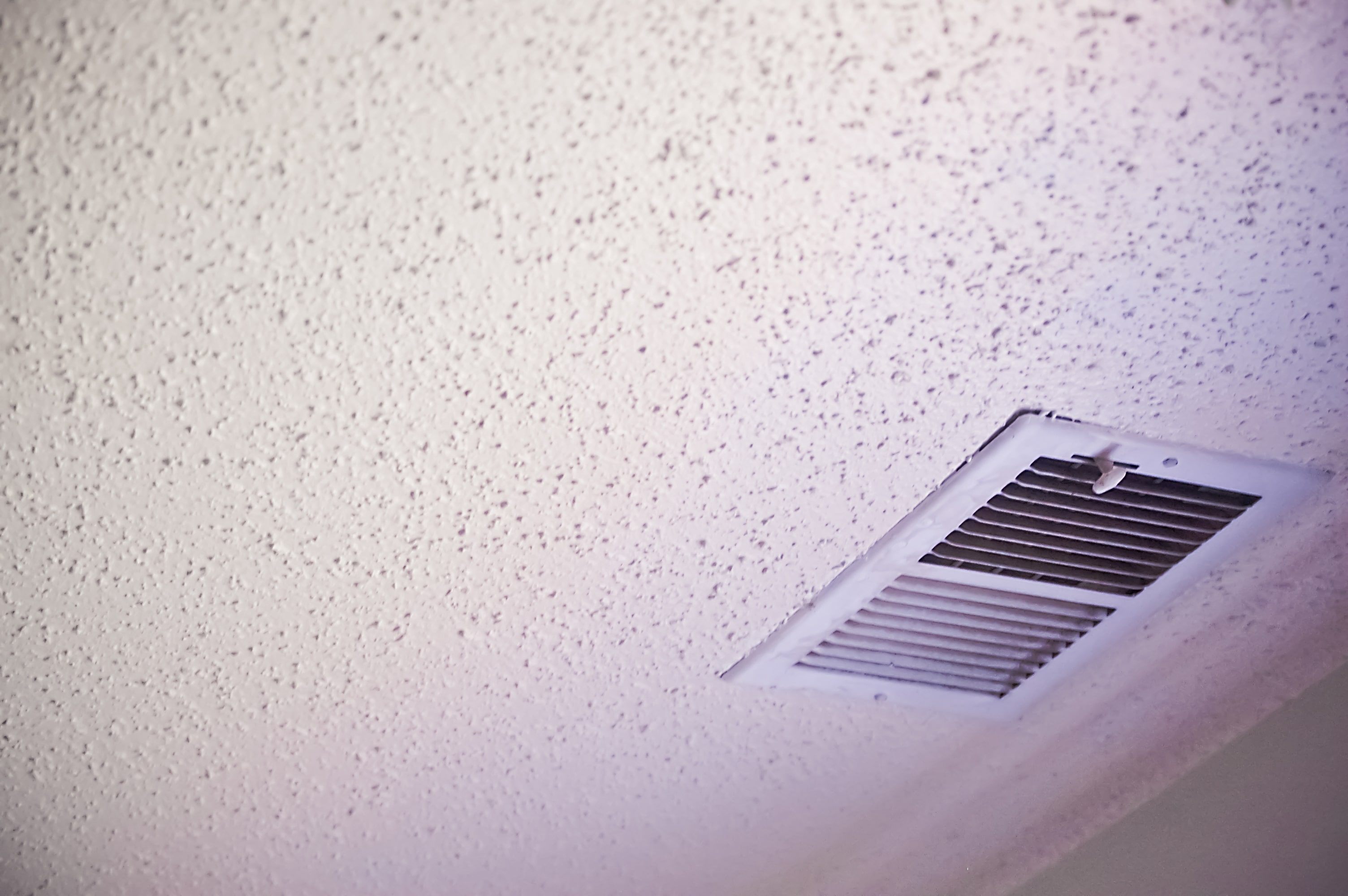
Popcorn ceiling is a friable material, meaning it is very easy to damage. Friable asbestos materials release toxic dust at the slightest disturbance. Inhaling asbestos dust is what can lead to serious diseases such as asbestosis, lung cancer and mesothelioma.
Sheetrock
Has to be comprised of 1% asbestos to be considered an asbestos containing material and therefore a health hazard. Older brands may have asbestos fibers in the sheetrock mix.
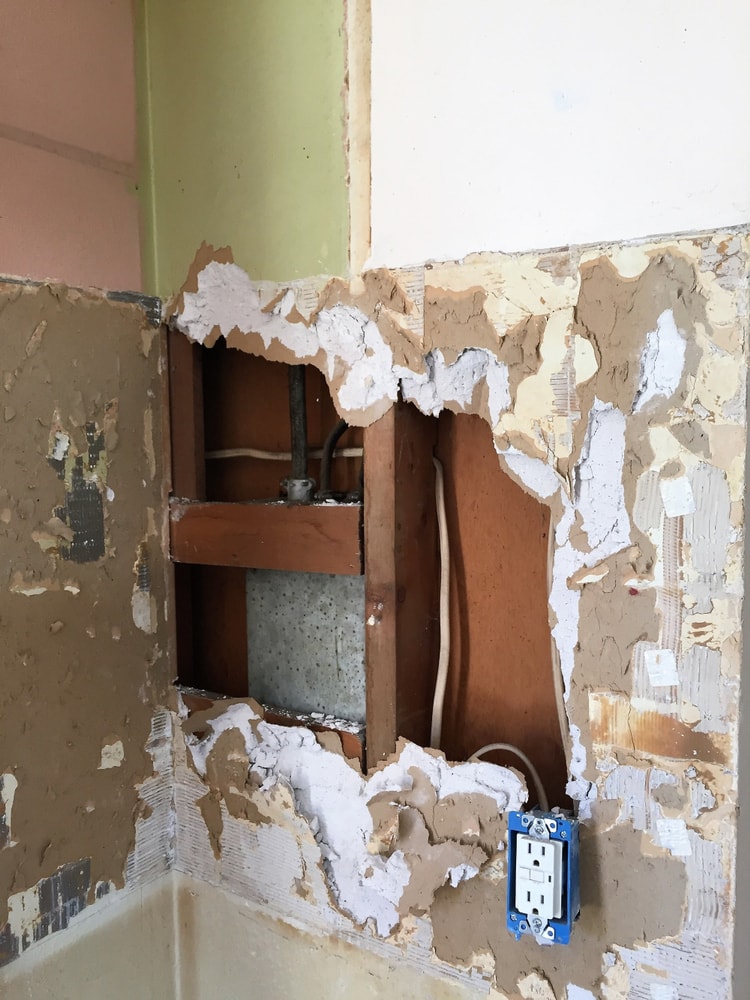
Usually asbestos was only added to walls that were fire rated, such as elevator shaft walls and the walls in commercial buildings, but still is found in some residential homes.
Joint Compound
Joint compound is a plaster-like substance, typically white in color, used to seal the joints made between two sheets of drywall. Joint compound came in two basic forms: traditional dry mixture and the ready-mixed product.

Asbestos was universally added to both forms of joint compound-this improved safety and made products less flammable. The asbestos content in joint compound varied but was generally between three and six percent.
Roofing
Shingles containing asbestos were inflammable, and that was highly popular. Asbestos particles made asphalt-based roofing durable and long-lasting. Asbestos wouldn’t rot, rust, conduct electricity nor react to heat. And asbestos was easy to work with, widely sourced and low-cost to purchase.
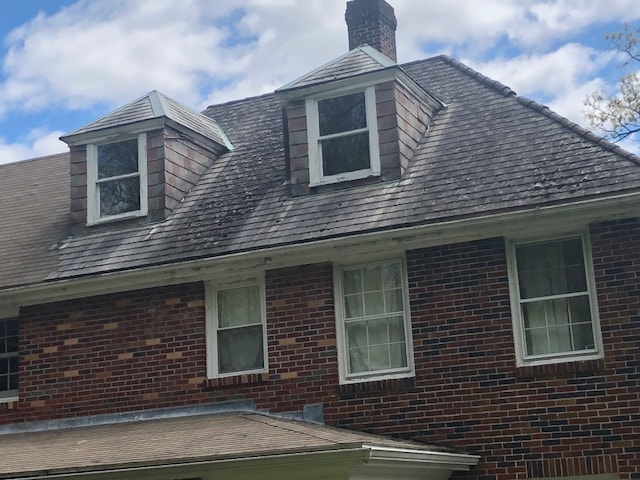
Builders across the country heartily endorsed asbestos roofing as the best material on the market. Shingles weren’t the only roof product containing asbestos materials. In fact, most other early roofing products produced contained asbestos. It was a universal solution to roof concerns.
HVAC Duct Sealant
In buildings and homes of all kinds, the ducts that circulate air for heating and cooling are usually connected to HVAC machinery by flexible duct connectors made out of durable fabric. For many decades, textiles woven from asbestos fibers were the primary material for this application.
Pipe Insulation
Asbestos insulation was widely used on heating pipes, sometimes on water pipes, and occasionally on other pipes in buildings.

This asbestos insulating product appears most-often as a gray-white corrugated paper but might also appear as a plaster or cementitious paste on pipe elbows and valves.
Boiler Insulation
Asbestos insulation on heating boilers. We use the term “hard cast” asbestos to refer to an asbestos paste or “plaster” that was typically applied in a leyer of about 1″ or greater.

Used to completely or partially coat old hot water or steam boilers and used on heat distribution piping at elbows or valves.
Vermiculite
A natural flaky mineral (similar to mica) that expands like popcorn when heated. Vermiculite is used in insulation and fire retardants. The most popular vermiculite insulation in the U.S. was sold under the brand name Zonolite.

Until 1990, most of the vermiculite sold in the U.S. came from a mine near Libby, Montana. That contained a deposit of asbestos which contaminated the vermiculite. The Libby mine was closed in 1990, but not before asbestos contaminated vermiculite insulation made its way into millions of homes and buildings.
Vinyl Floor Tiles
Unlike many asbestos-containing materials, vinyl asbestos flooring is generally safe to be around. But that changes as soon as you decide to remove it. Vinyl is a type of plastic that has long been a popular material for floor tiles. Old vinyl floor tiles that contain asbestos remain in many homes and buildings across the U.S.

Mastic
Up until the 1980s, manufacturers mixed asbestos into many types of mastics, sealants and cements used in construction. Dried-out asbestos adhesives remain in millions of old structures, and they can release toxic fibers when disturbed by damage or renovation work When nails and screws are impractical, builders turn to adhesives for all types of permanent installation work.

Mixing wooly asbestos fibers into natural and synthetic glues results in durable, nearly fireproof adhesives, sealants and joint-fillers. Though people once saw these products as safe and reliable construction materials, the toxic asbestos fibers in them have proven to be a major health hazard.
Linoleum Flooring
Asbestos vinyl sheet flooring poses a significantly greater asbestos exposure risk than floor tiles. Vinyl sheet flooring comes in large pieces and is usually cut to the size of the room and laid down in one piece.

Manufacturers often made this type of flooring with a friable asbestos backing, which means mineral fibers are easily released into the air if the sheet flooring is disturbed or damaged.
Transit Siding
Asbestos siding was made by adding asbestos — a naturally occurring mineral cement. That cement was then pressed into siding shingles that came in a wide variety of sizes, profiles, and textures.

The resulting product was very durable, fire-resistant, and absorbed paint well. It also can be extremely dangerous if the siding is broken up and asbestos fibers are released into the air.
Window Caulking and Glazing
Caulk is an all-purpose sealant used to fix cracks, fill joint gaps and seal windows against drafts. Caulk products were designed to be weatherproof, heatproof, waterproof and durable, which is why asbestos in caulking was added to reinforce the formula.

Caulk manufacturers often used asbestos before the 1980s as it protected against fire and heat. Common places in the home and buildings that may have asbestos-containing caulk are around the seals of windows, doors, ovens, fireplaces, boilers, pipe joints, ducts, brickwork and exteriors.
Textured Ceiling
Known as “popcorn ceiling, it was typically 1 to 10 percent asbestos. Any percentage of asbestos makes popcorn ceiling dangerous. Make sure nothing disturbs it and decide whether you want to have it removed.

Popcorn ceiling is a friable material, meaning it is very easy to damage. Friable asbestos materials release toxic dust at the slightest disturbance. Inhaling asbestos dust is what can lead to serious diseases such as asbestosis, lung cancer and mesothelioma.
Sheetrock
Has to be comprised of 1% asbestos to be considered an asbestos containing material and therefore a health hazard. Older brands may have asbestos fibers in the sheetrock mix.

Usually asbestos was only added to walls that were fire rated, such as elevator shaft walls and the walls in commercial buildings, but still is found in some residential homes.
Joint Compound
Joint compound is a plaster-like substance, typically white in color, used to seal the joints made between two sheets of drywall. Joint compound came in two basic forms: traditional dry mixture and the ready-mixed product.

Asbestos was universally added to both forms of joint compound-this improved safety and made products less flammable. The asbestos content in joint compound varied but was generally between three and six percent.
Roofing
Shingles containing asbestos were inflammable, and that was highly popular. Asbestos particles made asphalt-based roofing durable and long-lasting. Asbestos wouldn’t rot, rust, conduct electricity nor react to heat. And asbestos was easy to work with, widely sourced and low-cost to purchase.

Builders across the country heartily endorsed asbestos roofing as the best material on the market. Shingles weren’t the only roof product containing asbestos materials. In fact, most other early roofing products produced contained asbestos. It was a universal solution to roof concerns.
HVAC Duct Sealant
In buildings and homes of all kinds, the ducts that circulate air for heating and cooling are usually connected to HVAC machinery by flexible duct connectors made out of durable fabric. For many decades, textiles woven from asbestos fibers were the primary material for this application.
Customer Success
Here’s what our clients and customers say…

We have monitored dozens of projects for A-Best over the years and they always get the job done right.
Since teaming up with A-Best we have successfully completed several major renovation and demolition projects.
They came, they saw, and conquered 1,800 feet of pipe insulation and 7,000sqft of tile and mastic in 2 weeks. Put me ahead of schedule. Thanks
A-Best really does whatever it takes. Great crew of guys.
Over the past 10 years at the U.S.A. Army Labs we have ran into a lot of abatement work. When we do….. we call A-Best
Got referred to A-Best by a co-worker. They helped me complete the Tufts University student housing project. Great to work with, look forward to the next project.
I have worked with A-Best for almost 25 years doing Clean Air Testing. They are consistent with their methods and continue to leave the projects clean and safe year after year.
A-Best has helped us safely renovate over 75 McDonalds fast food restaurants to date.




